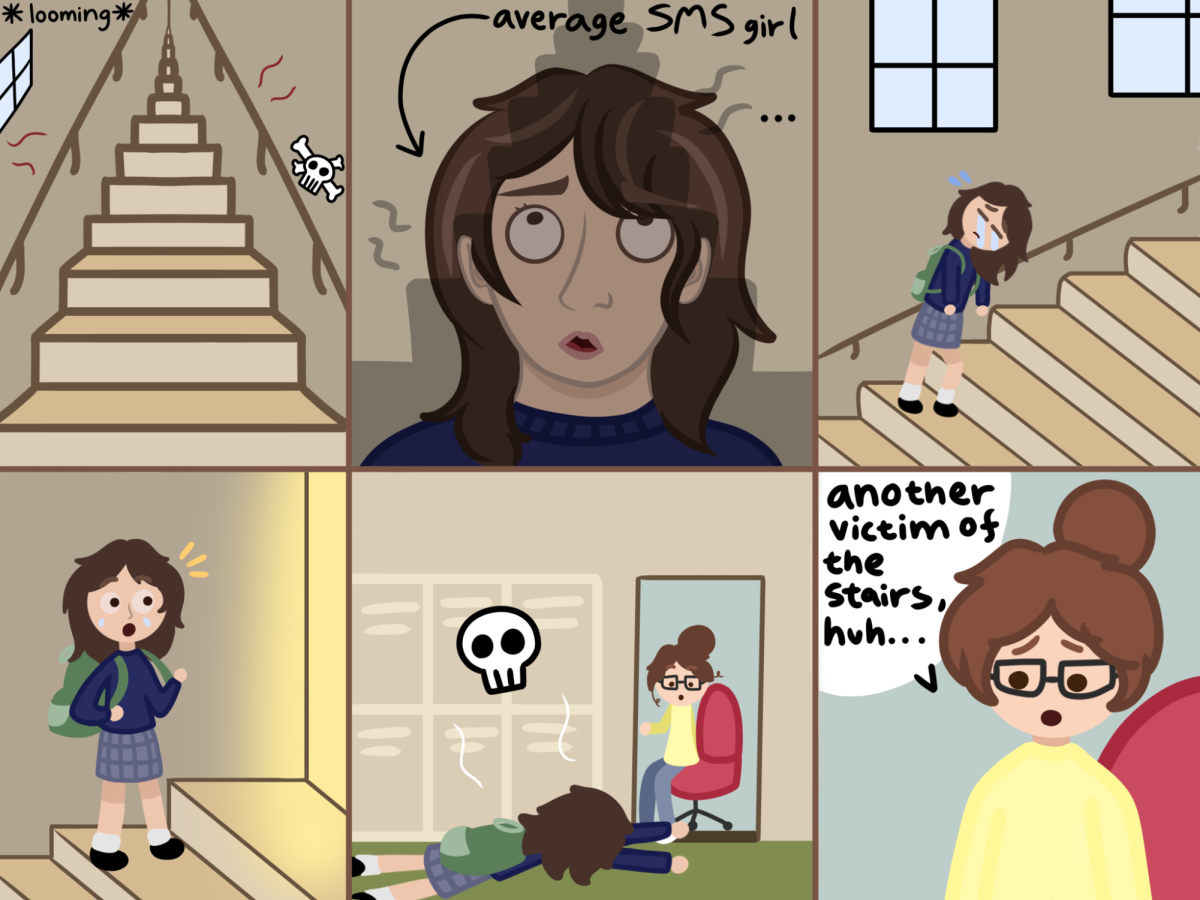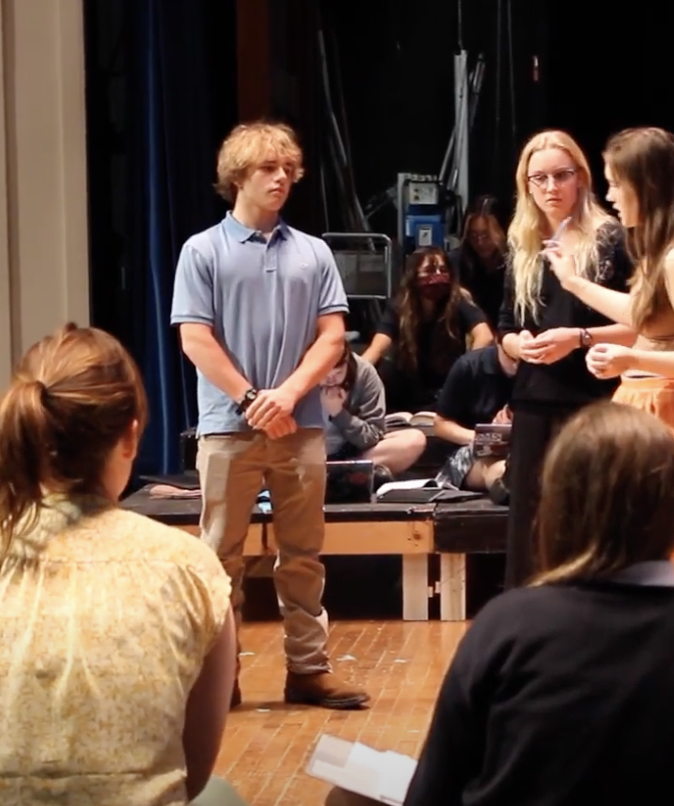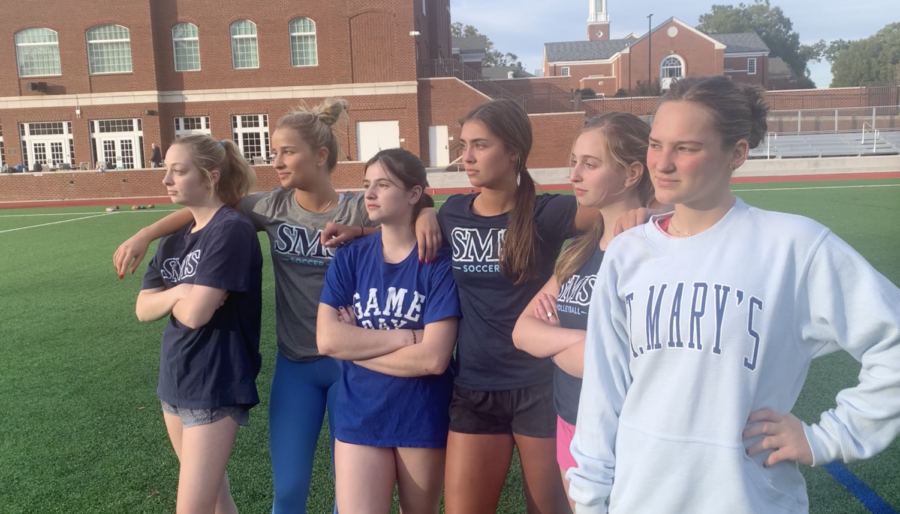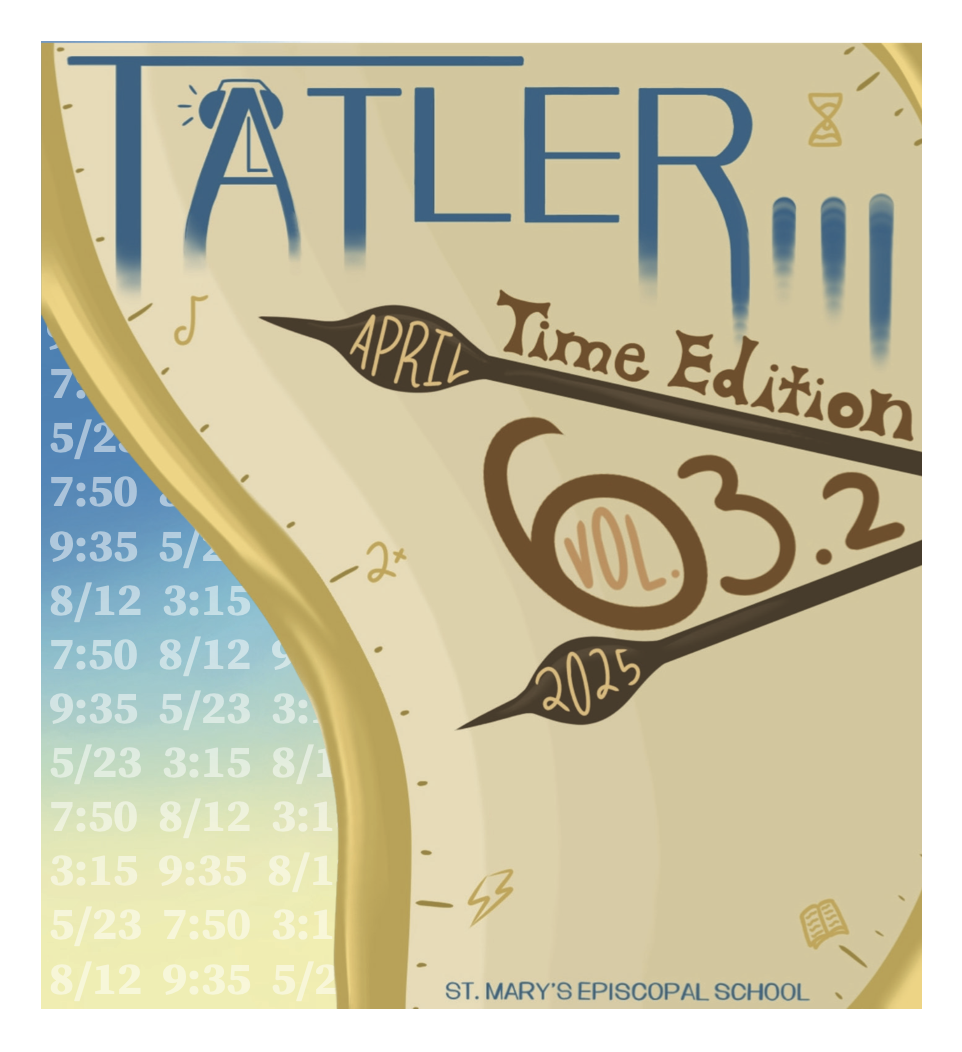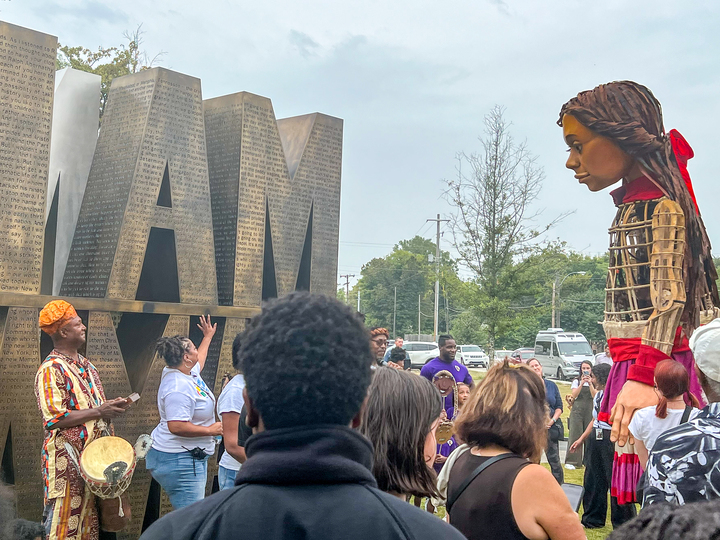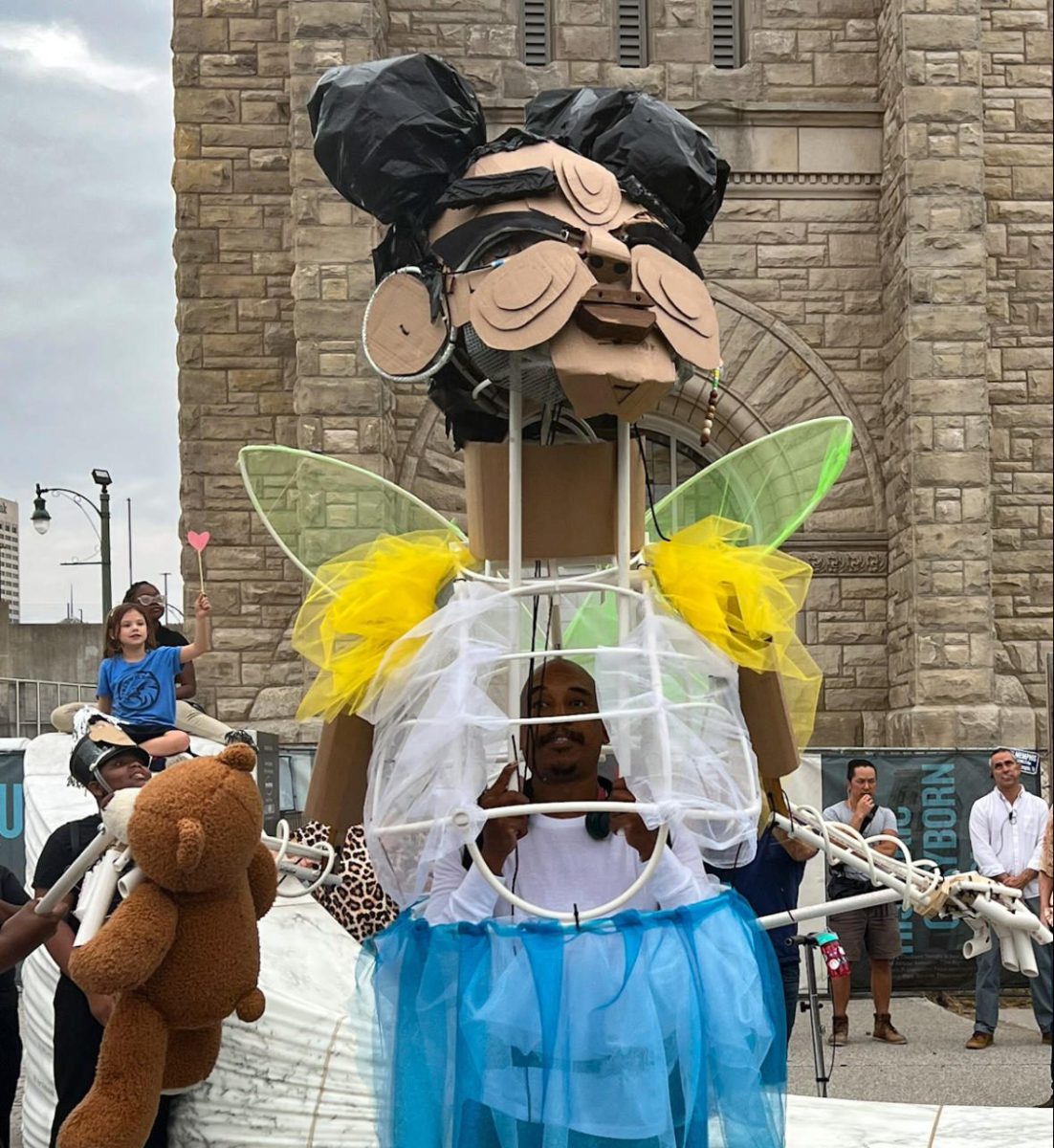
Walk with me
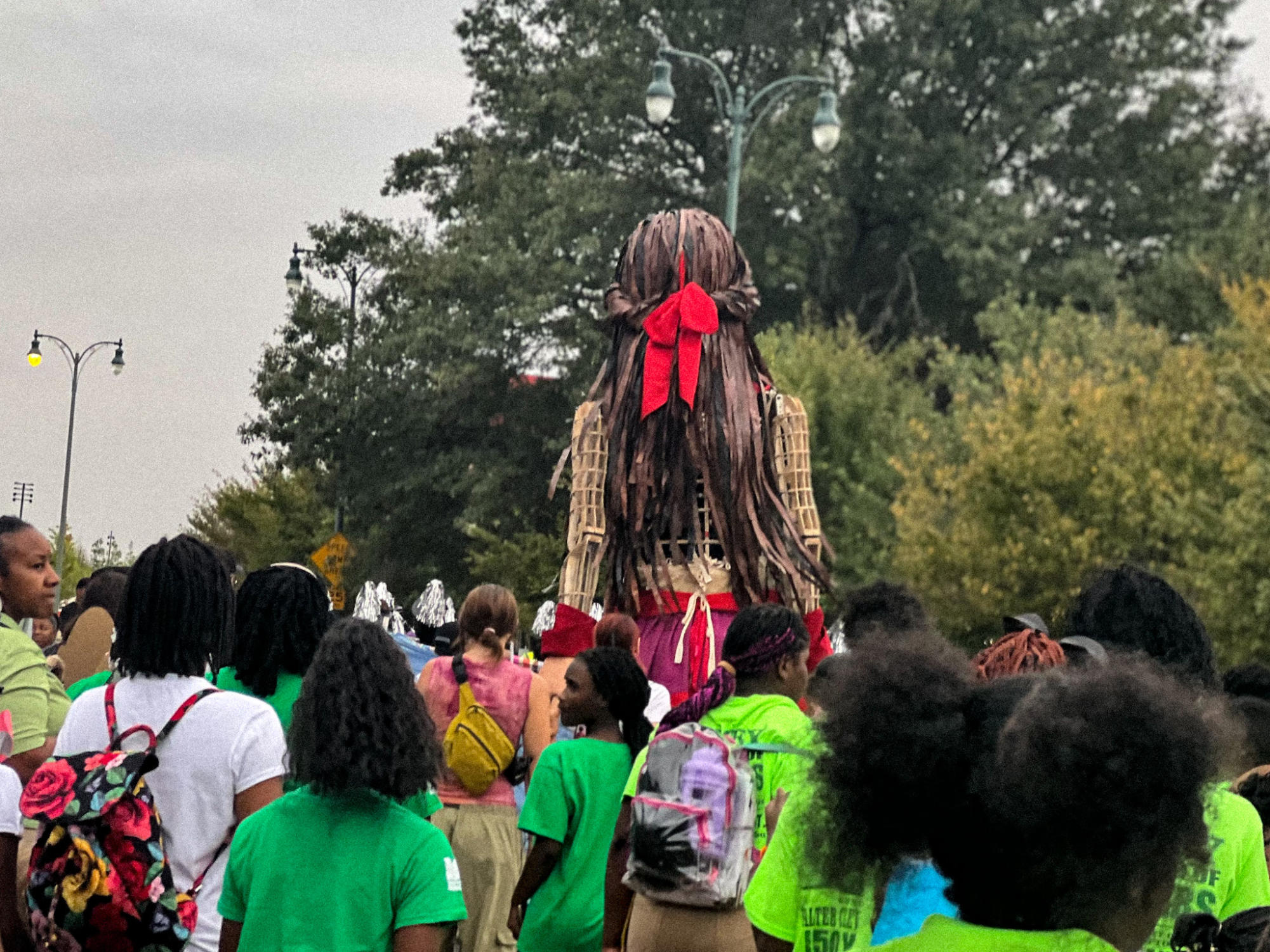
She met Pope Francis.
She delivered letters to the European Parliament.
She has been to 14 countries.
She provides hope for millions of refugees all over the world.
She is Amal, a 12-foot puppet depicting a 10-year-old Syrian refugee. On Oct. 4, Amal stopped in Memphis where she was greeted by an enthusiastic crowd downtown.
The Little Amal Project began in 2021, the brainchild of producers David Lan and Tracey Seaward, who created the project to rewrite the narrative surrounding child refugees and spread positive messages about the contributions immigrants make to communities.
Child refugees’ voices and experiences are rarely discussed, but the Little Amal Project tries to change that.
Since the outbreak of civil war in Syria in 2011, over 14 million refugees have been forced to flee from the region, and around 47% are 18 or younger.
They are not alone.
Millions of people in Ukraine, Afghanistan, Yemen, Somalia, Ethiopia and Venezuela have been forced to flee as a result of ongoing conflicts or environmental disasters. According to the UN Refugee Agency, 108 million people worldwide were forcibly displaced from their homes in 2022. Of those, 40% were children.
These children have grown up in the midst of chaos and most have lost homes, family members and their chance at an education.
In the story of Amal’s journey, her walk began as she traveled across Europe to find her mother, separated from her by the chaos of the Syrian Civil War. But Amal has grown to become a representative of human rights worldwide.
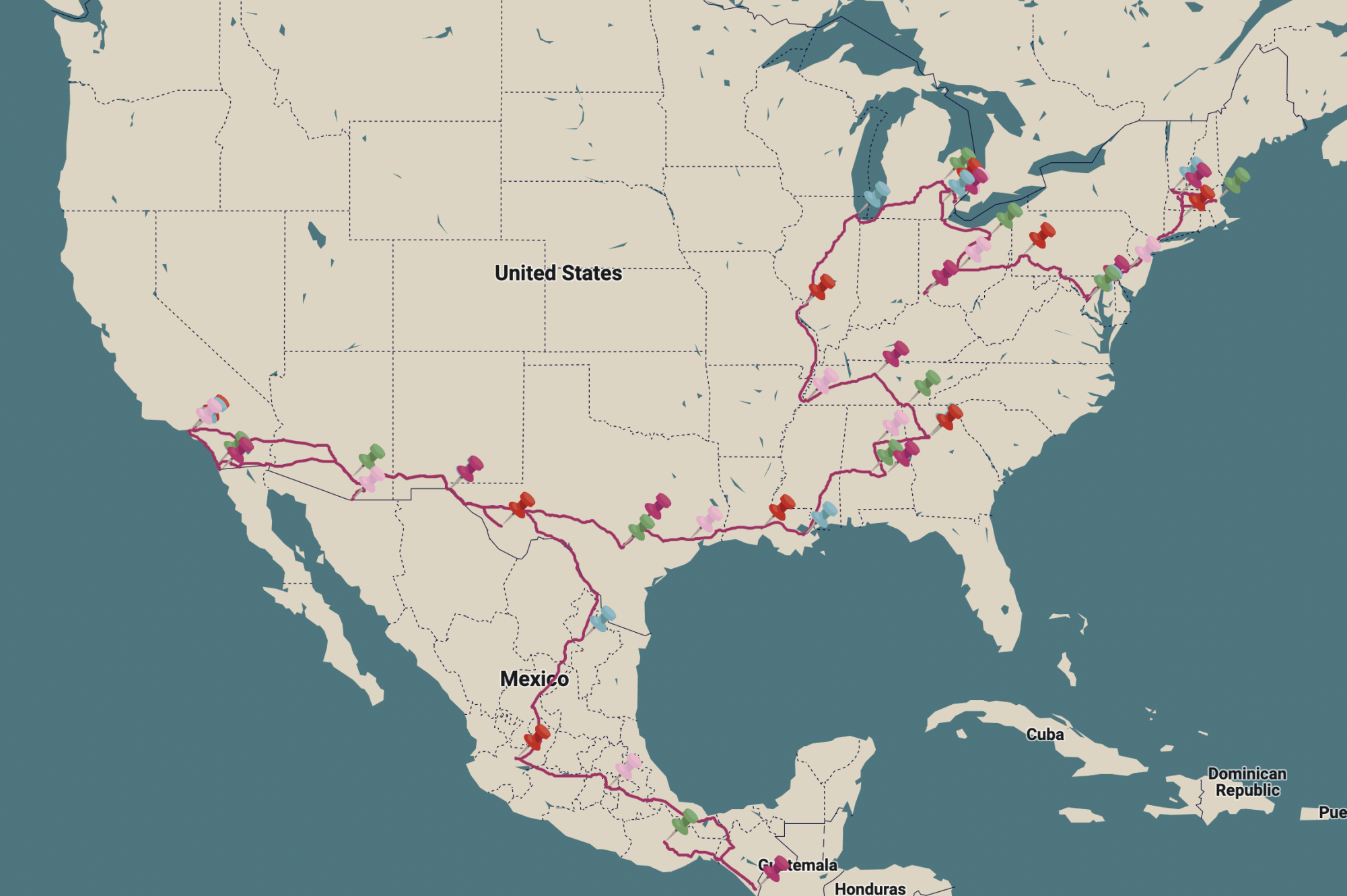
This year, Amal set out on a journey across North America to highlight the impact that refugees and immigrants have had on the continent. Over the course of three months, Amal will travel 6,000 miles and visit over 35 cities to spread her message.
On the day of her visit to Memphis, Jordan Chatman, a volunteer supporting the fundraising element of Amal’s visit, described Amal’s North American journey as split into three acts.
“Act one is the formation of America, act two is America coming into itself and act three is what the future of America going to look like,” he said.
During act one, which took place over the month of September, Amal visited New York, Boston and Philadelphia to learn about America’s foundation. This provided context for act two, which focused on the Civil Rights movement and in which Memphis played a central role. She will conclude her North American journey by exploring immigration on the West Coast.
As she made her way south from Chicago to New Orleans, Amal was taught about events such as the Great Migration of Black men and women to northern cities like Chicago and Detroit and Martin Luther King, Jr.’s assassination in Memphis.
Along the way, each city organized a unique welcome celebration that connected Amal to the local community and its history.
In Memphis, the city welcomed her to its “Culture of Love,” an effort organized by the Historic Clayborn Temple.
Rev. Vahisha Hasan, the program director at Clayborn, said she was thrilled that her community was chosen to help with Amal’s visit.
“[The Little Amal Project] reached out to Clayborn to see if we could be the cultural anchor for their trip to Memphis, which was really exciting for us,” she said. “This fits perfectly how we want to show up in the world.”
Choosing Clayborn was no accident.
In 1968, civil rights and labor activists gathered at Clayborn to organize the sanitation workers’ strike, which began in response to the poor working conditions endured by Black sanitation workers. Thousands faced armed police as they gathered on the lawn of Clayborn carrying signs that said: “I am a Man.”
On Oct. 4, Amal began her walk through Memphis on the lawn at Clayborn, the exact spot where the strike began 55 years earlier.
The 12-foot tall puppet with long brown hair continued downtown, visiting sites like the Lorraine Motel — the infamous spot where Martin Luther King, Jr. was assassinated and the current site of the National Civil Rights Museum — and finished by stopping at the Orpheum Theatre and the newly renovated Tom Lee Park.
Speaking at the welcome event, Raily Henry, the great-great-granddaughter of sanitation striker Jesse Smith, connected Memphis’ history with the needs of today.
“In the culture of love, we pay for the sins of the past, we think about the people left behind, the people held back and the people that we ignored and even the people that need the help most of all,” she said. “In this culture of love, even our institutions, systems and governments are [bound] by sacred commitment to undying love.”
Amal’s Walk and the sanitation strike share a starting point, but Hasan emphasized that they also share a message: “Don’t forget about us.”
“We start[ed] down the same street with the same messaging for Amal, for our children and for all of us,” she said. “We all deserve to be seen in the fullness of our humanity and seen as valuable, worthy and part of community. And that just sends me to a place of goodness.”

It’s that fullness of humanity that guides her emphasis on recognizing young people. Hasan said she felt the majority of the news about Memphis teenagers tends to depict them negatively, but that Amal’s message could change this stereotype.
“The message is that Amal and refugees like her all bring possibilities to communities and not just problem,” she said. “We feel like Memphis children have similar messages.”
To make this idea visible, organizers turned to innovative puppeteer Jeghetto to create a “Memphis girl” puppet named Imani to represent the youth of Memphis by walking alongside Amal on her journey across the city.
Standing approximately eight-feet tall, the Imani puppet features a face made of cardboard, green fairy wings and a blue tutu. She clutches a teddy bear.
Anasa Troutman, the executive director at Clayborn Temple, introduced Imani to the crowd that assembled for Amal’s Walk.
“Imani represents all the Black children in our community, and they walk together to be able to tell us that our young people do not bring problems, they bring possibilities,” she said.
Imani and Amal’s walk to the river was accompanied by African drumming, a marching band and dancers. Upon her arrival at Tom Lee Park, Amal received an Amal-sized “Culture of Love” blanket from Emani.

Preparations for the welcome event began weeks in advance, with organizations such as Bridges USA and the Brooks Museum inviting young people from all over the city to create their own puppets using yarn, buttons and other craft materials to represent themselves.
Freshman and Bridge Builder Gemma Ferguson, who participated in making a puppet for Amal’s visit, said she appreciated the focus on getting youth involved in the process.
“I think it’s really cool,” she said. “They said that their goal was to get a bunch of kids to be there. Because it’s one thing for grownups to be there. But it’s another for kids to be showing their support. And like, showing that they know what it is, [that they know] what it means.”
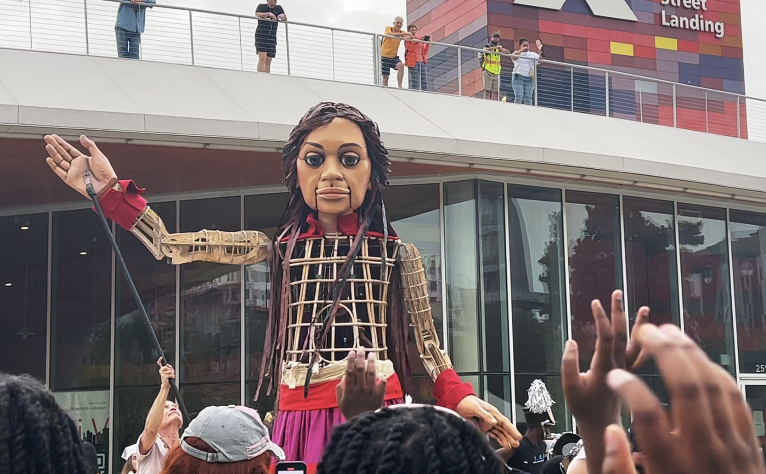
Ash Love, the creative and community strategist for the welcome celebration in Memphis, said that as an artist, she appreciated the significance of having a piece of art like Amal share messages about human connection.
“We use art as a modality to help us share the story, and Little Amal is at that intersection of historian and art that shares a story,” she said. “[She is] sharing the story of human rights, sharing the story of children, sharing the story of Syrian refugees and also in this moment, sharing the story of Memphis kids.”
But what she loved most was the sense of connection Amal’s visit created.
“What gets me really excited, is to think about the possibility of how we’re not just building community for right now, we’re building community for the future,” she said.
Hasan is also grateful that this project unintentionally brought the Memphis community together.
“We have actually created or deepened our community… I feel like we’ve reached a milestone that we didn’t even realize that was what it was going to do,” she said. “And that, in essence is also what Amal and refugees are looking for. They’re looking for connection and community.”
Although Amal has left Memphis and is off to be welcomed to other cities, Hasan encourages Memphis to continue the work of the Little Amal Project.
“Amal [came] here for one day and we welcome[d] her to this culture of love,” she said, “but we need to continue that culture of love.”
Brennan Seltzer and Lilly Coggin contributed additional reporting to this story.
Your donation will support the student journalists of St. Mary's Episcopal School. Your contribution will allow us to purchase equipment and cover our annual website hosting costs.



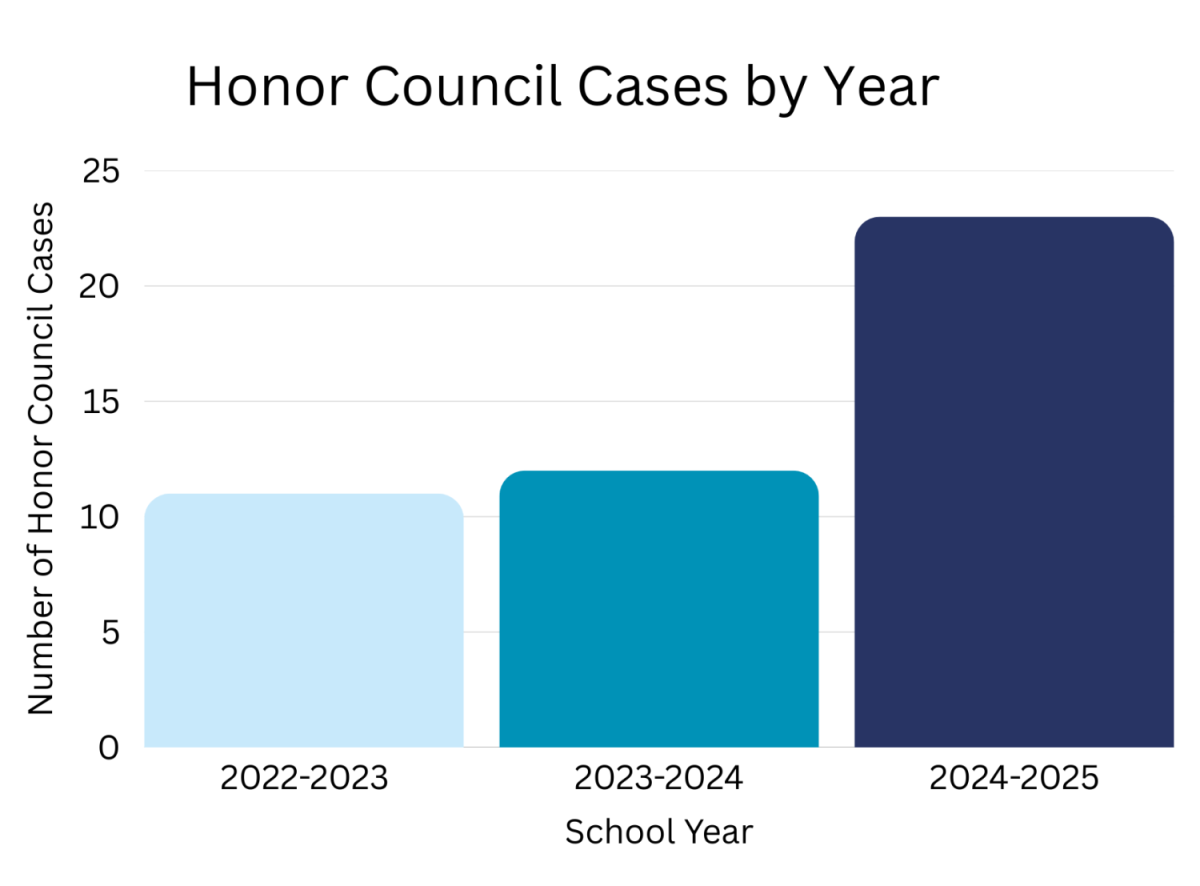
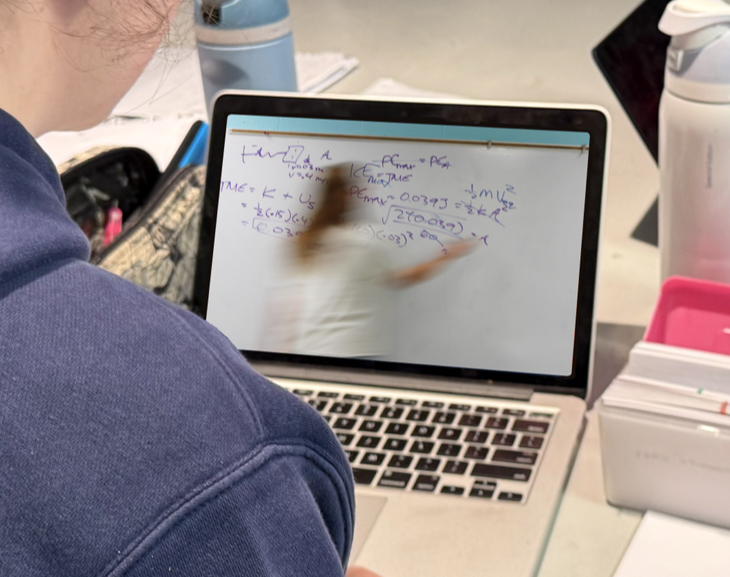



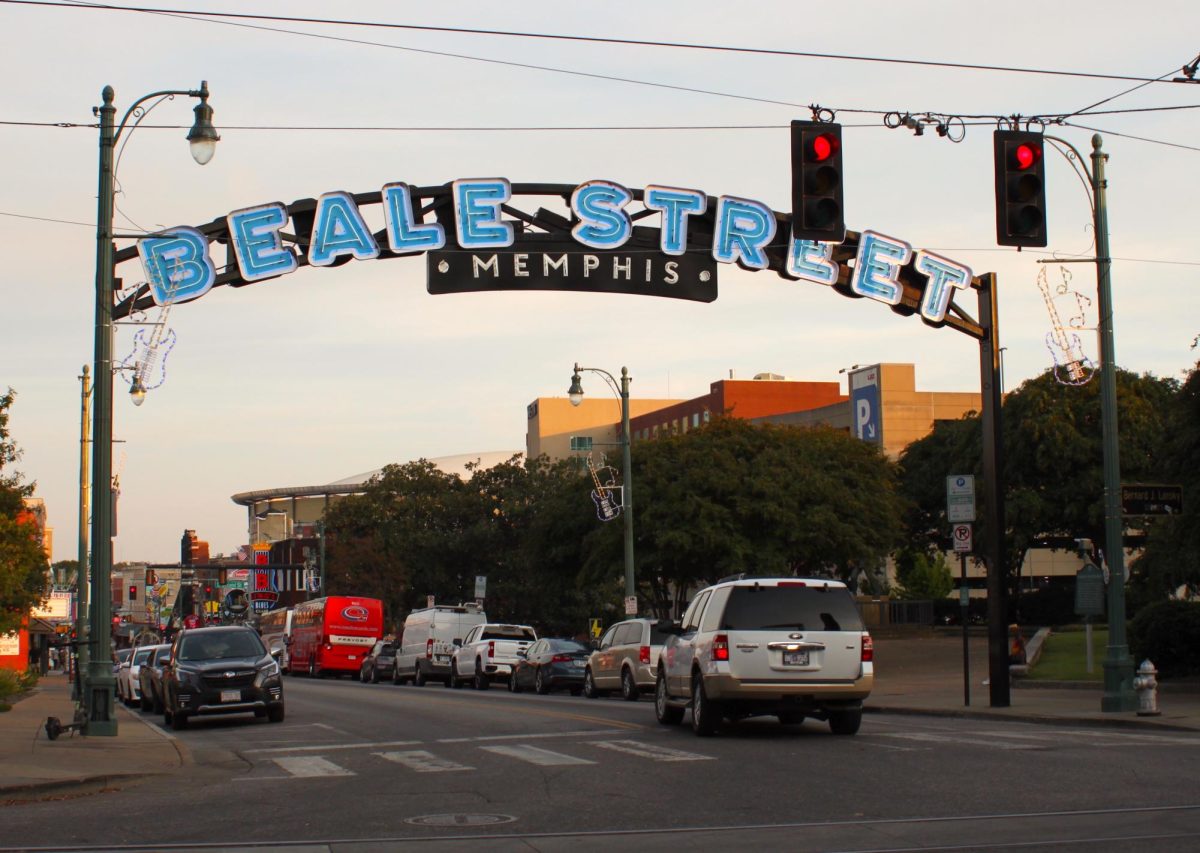
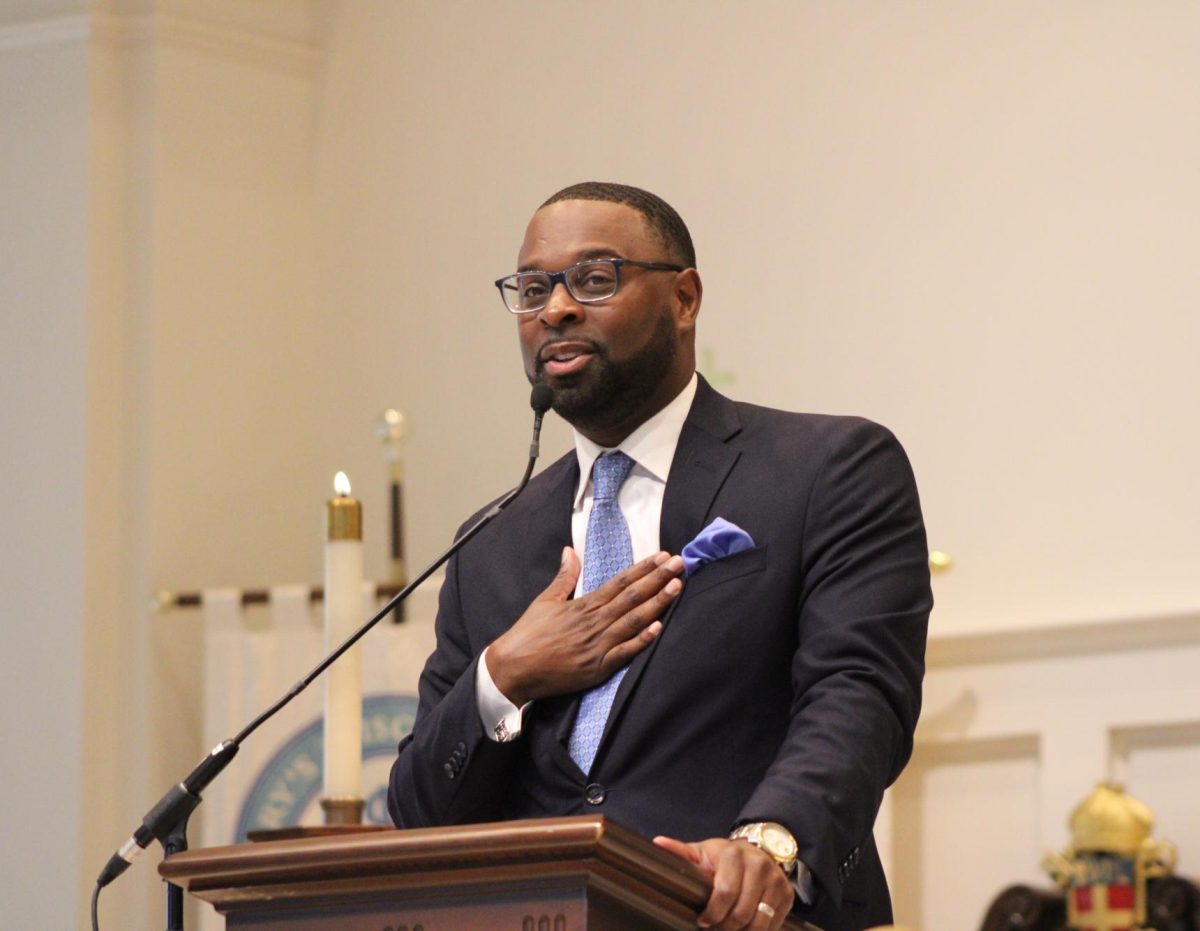
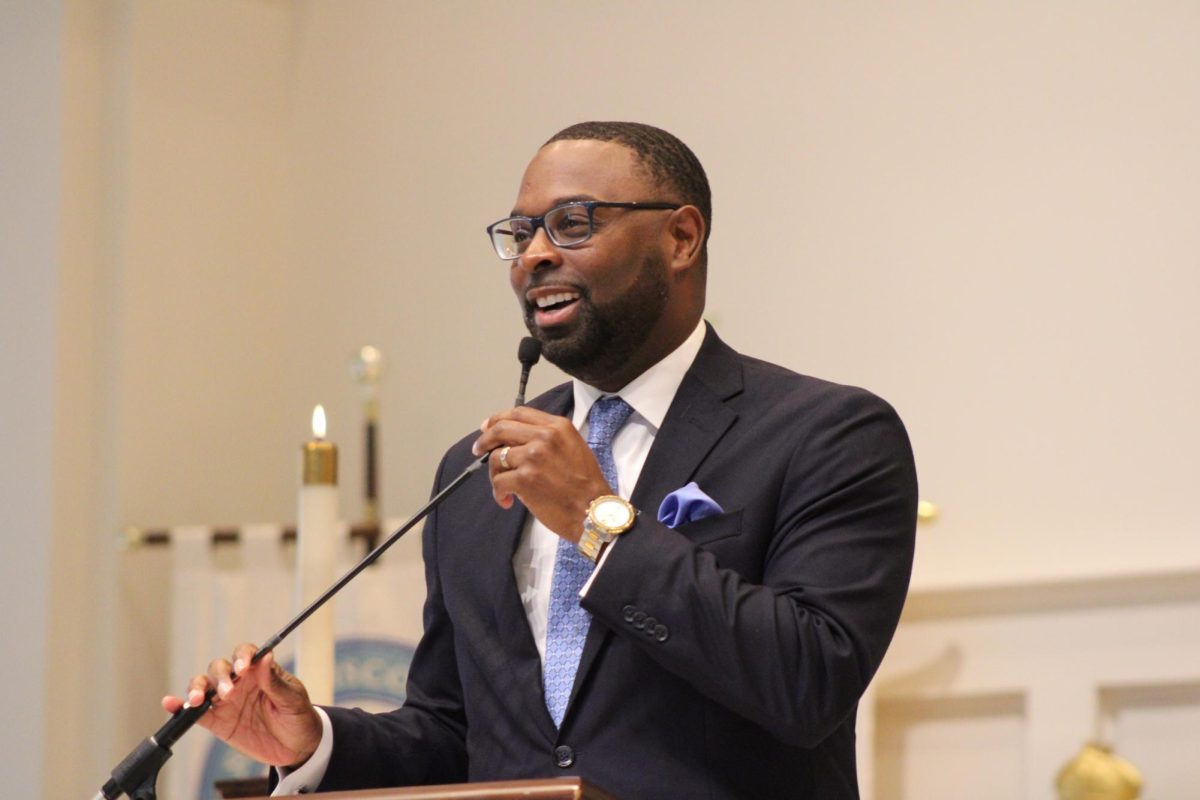
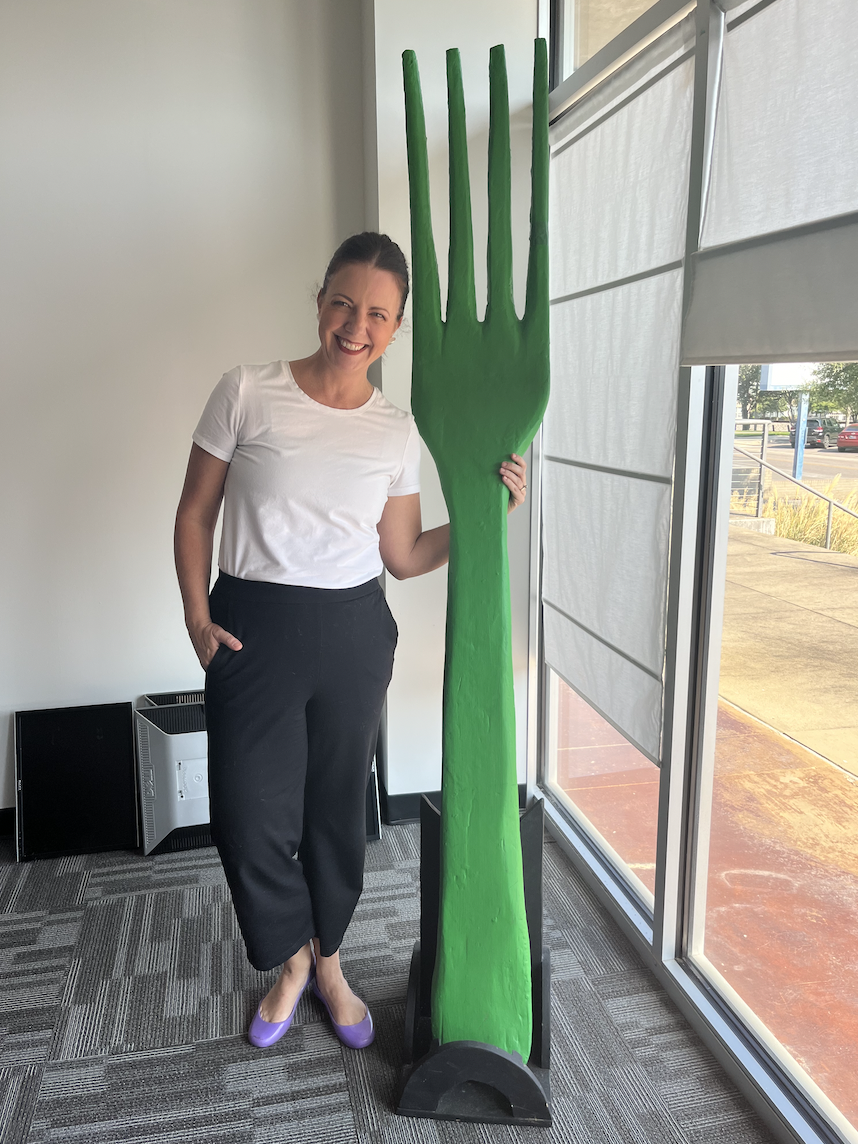




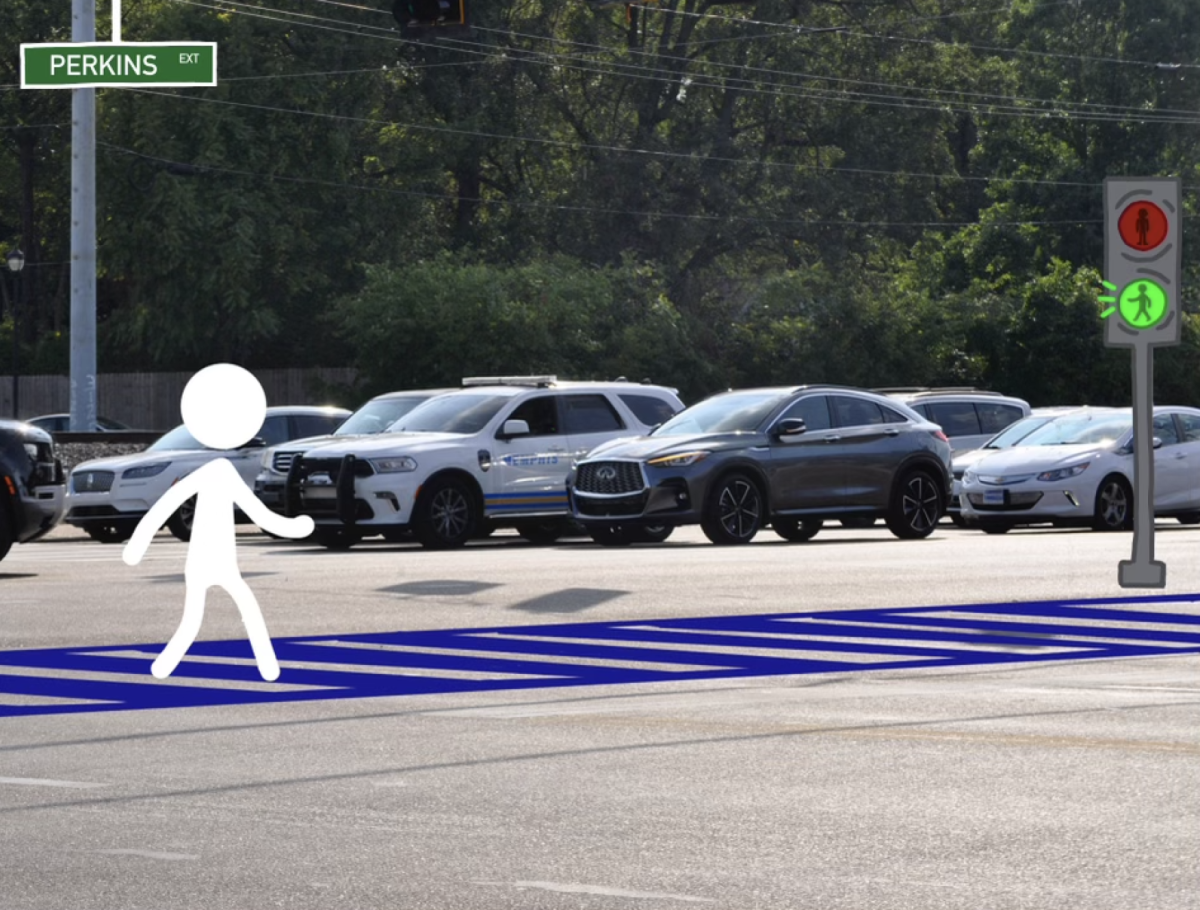
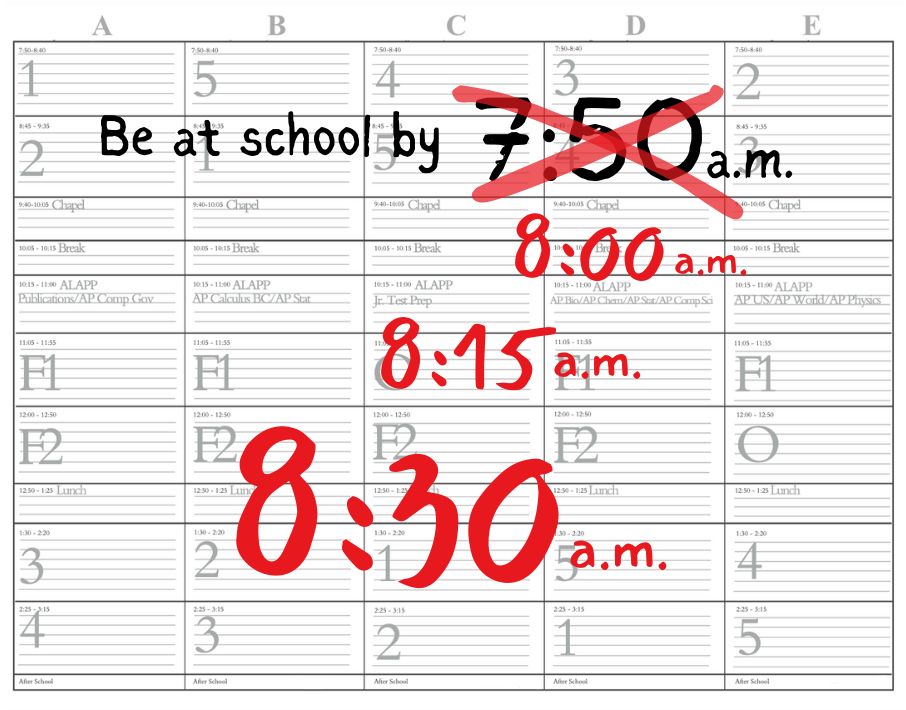

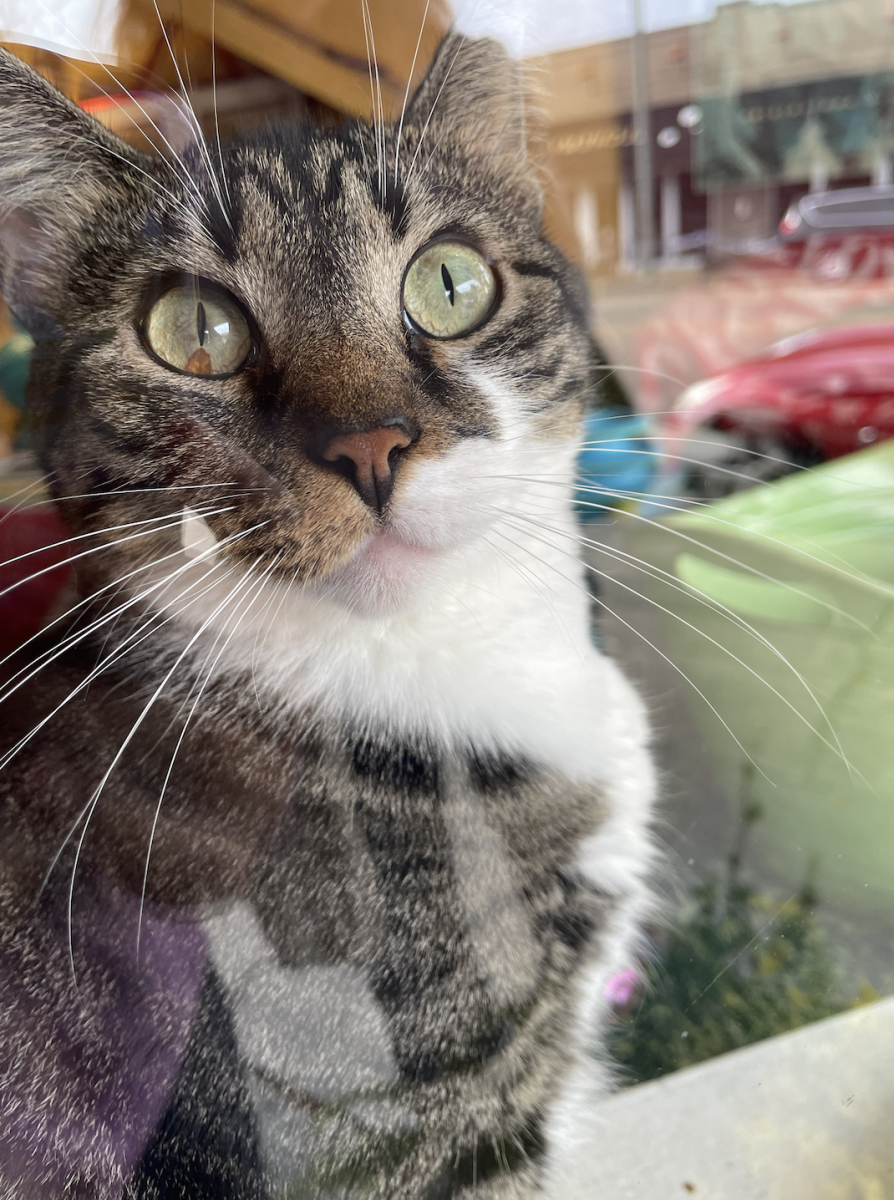

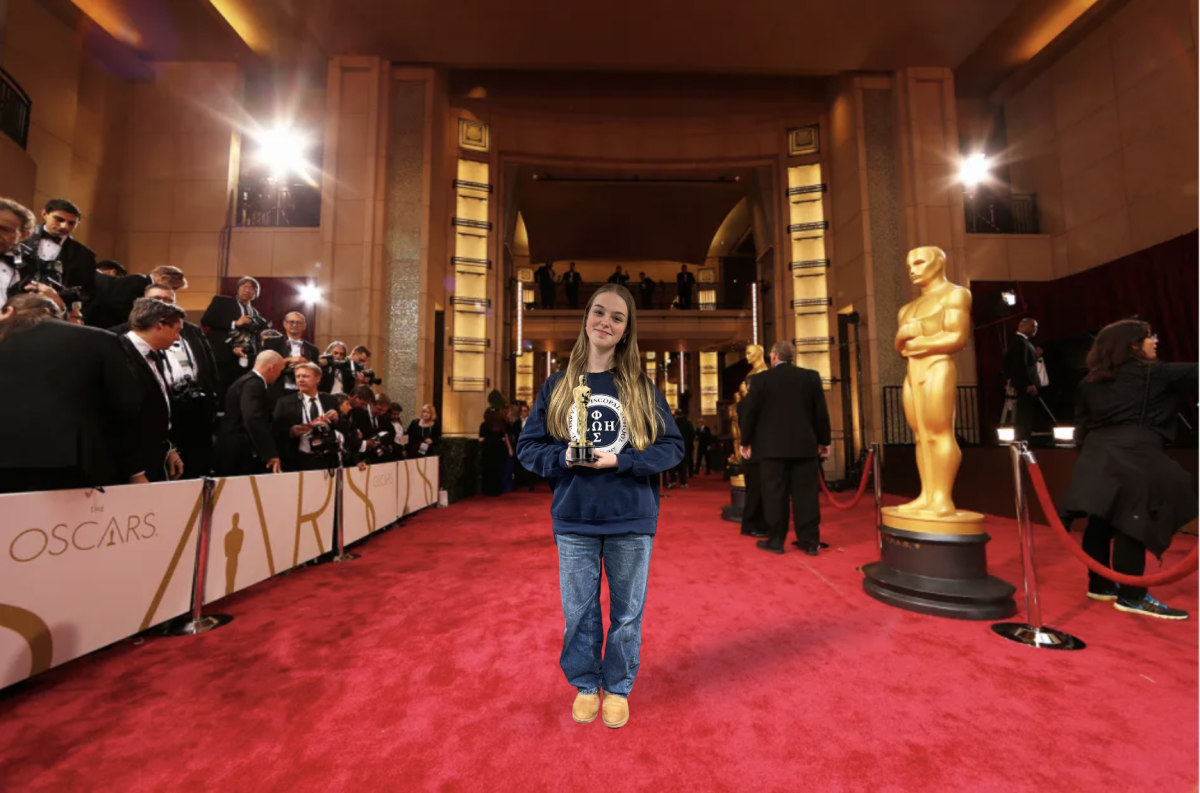
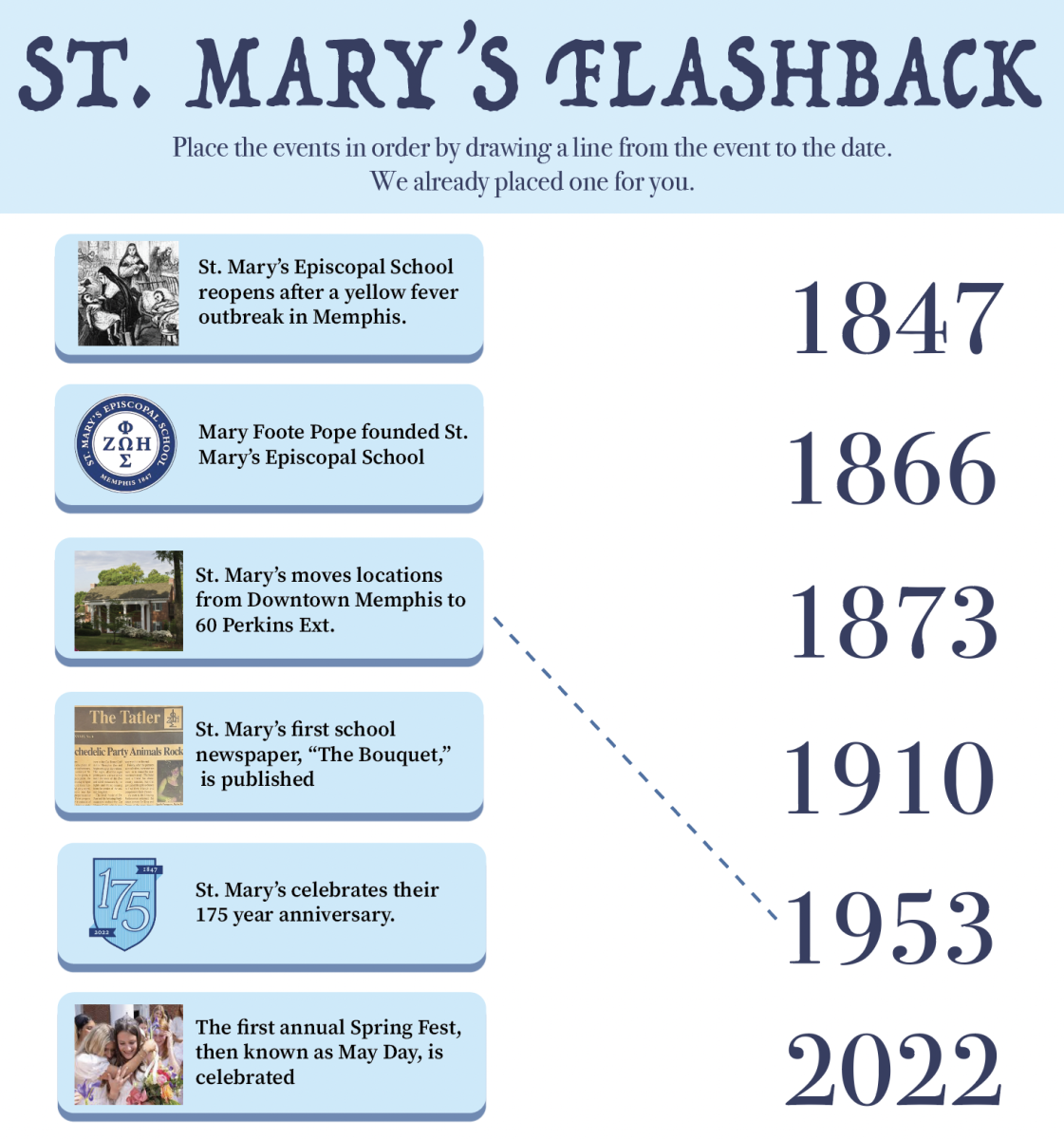



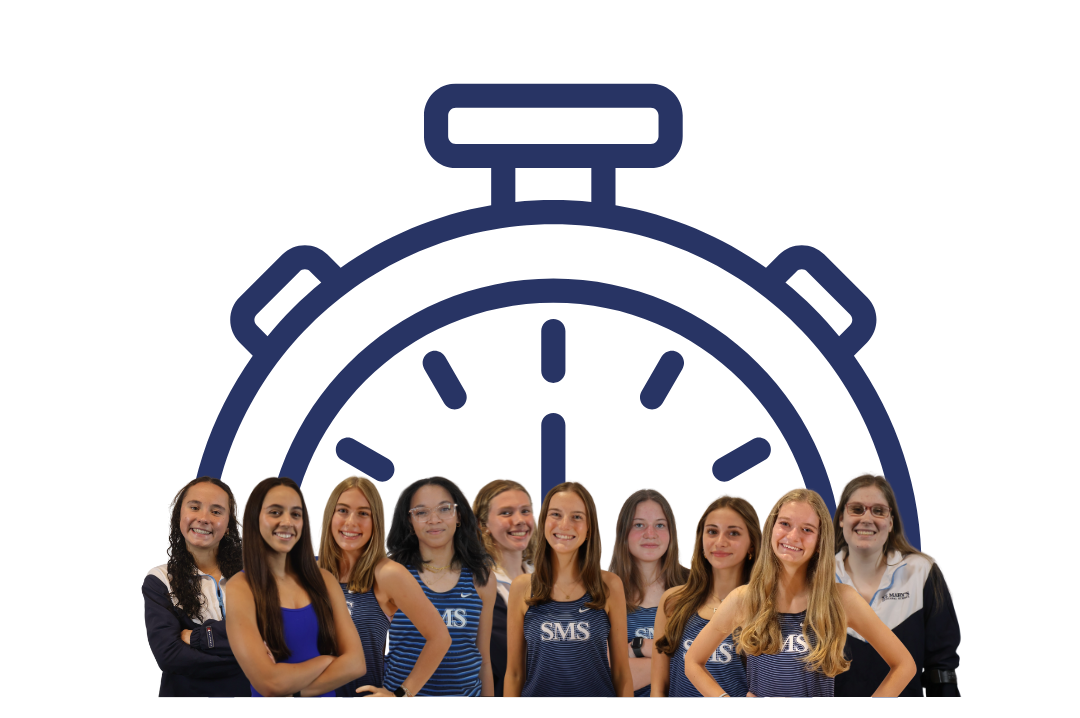


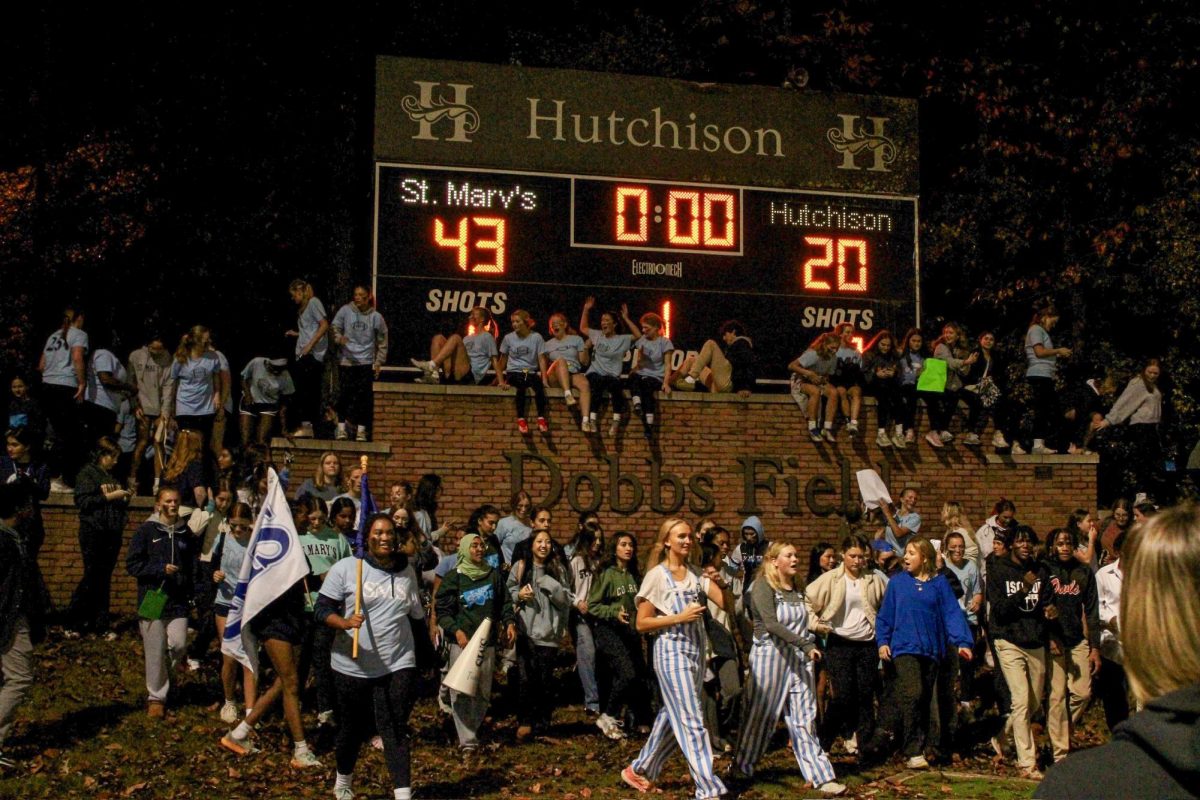
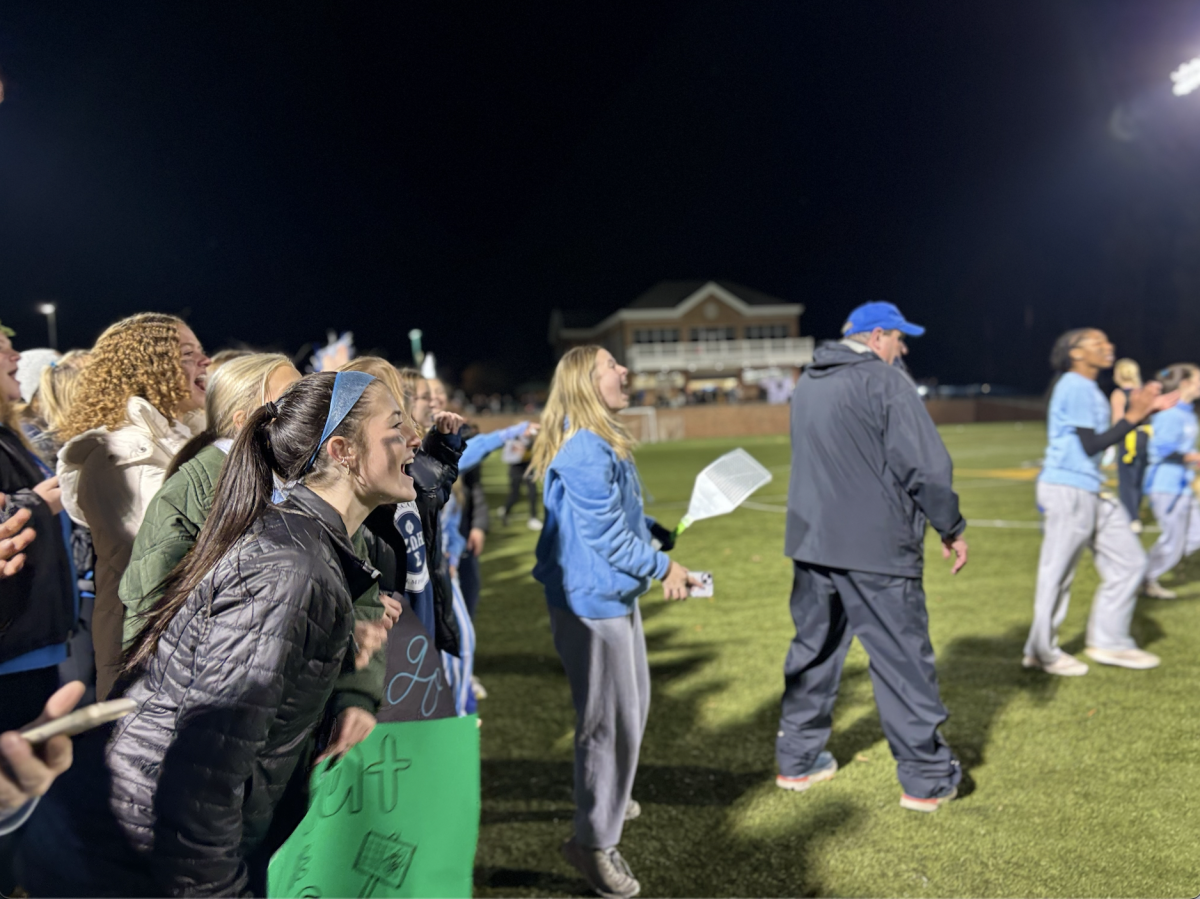
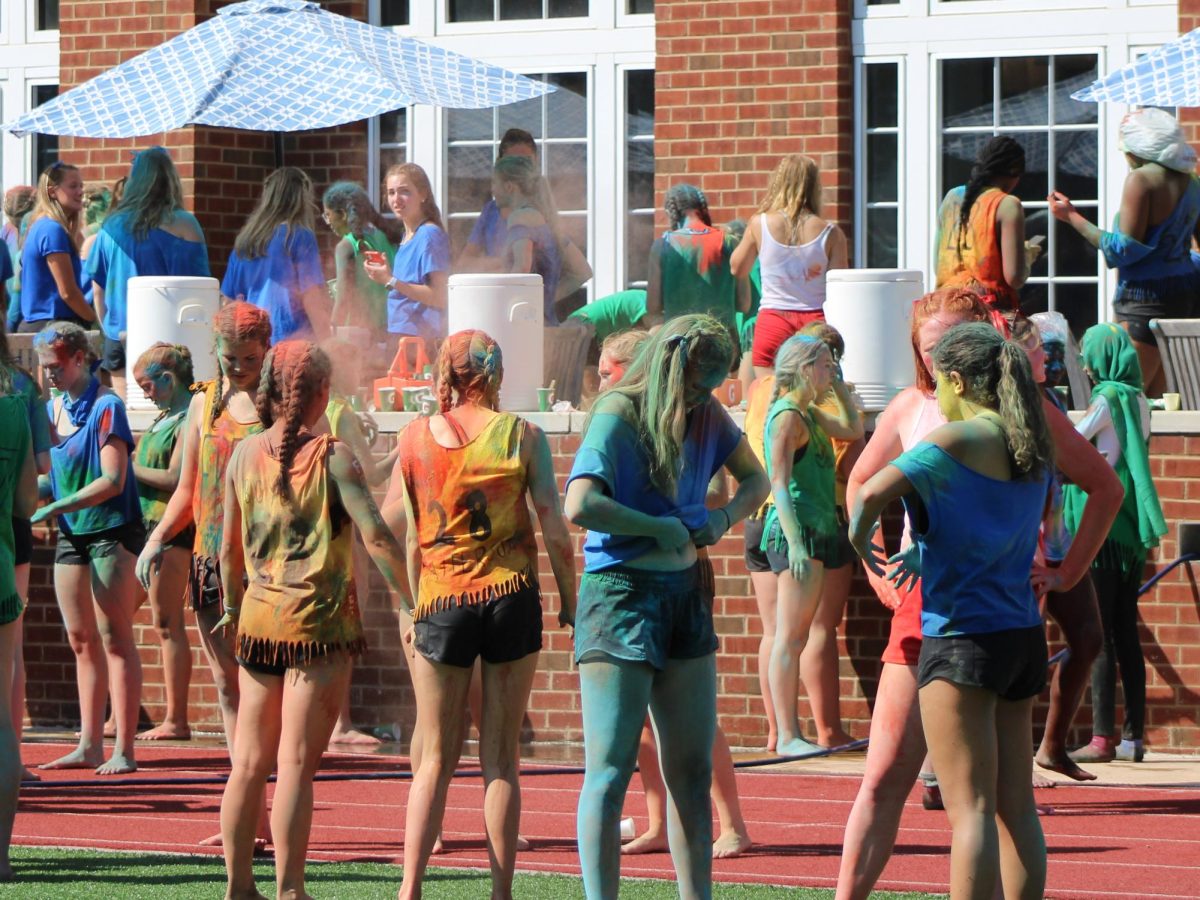
![[GALLERY] Walking in (Downtown) Memphis](https://stmarystatler.org/wp-content/uploads/2024/04/E1DAD3FE-E2CE-486F-8D1D-33D687B1613F_1_105_c.jpeg)
